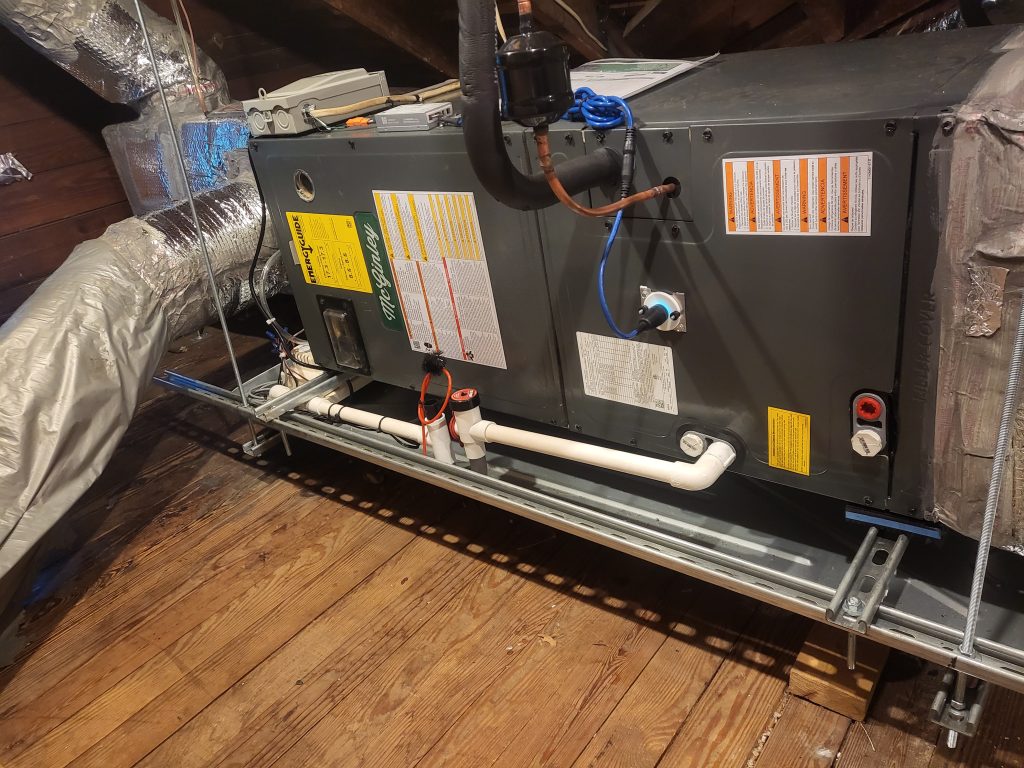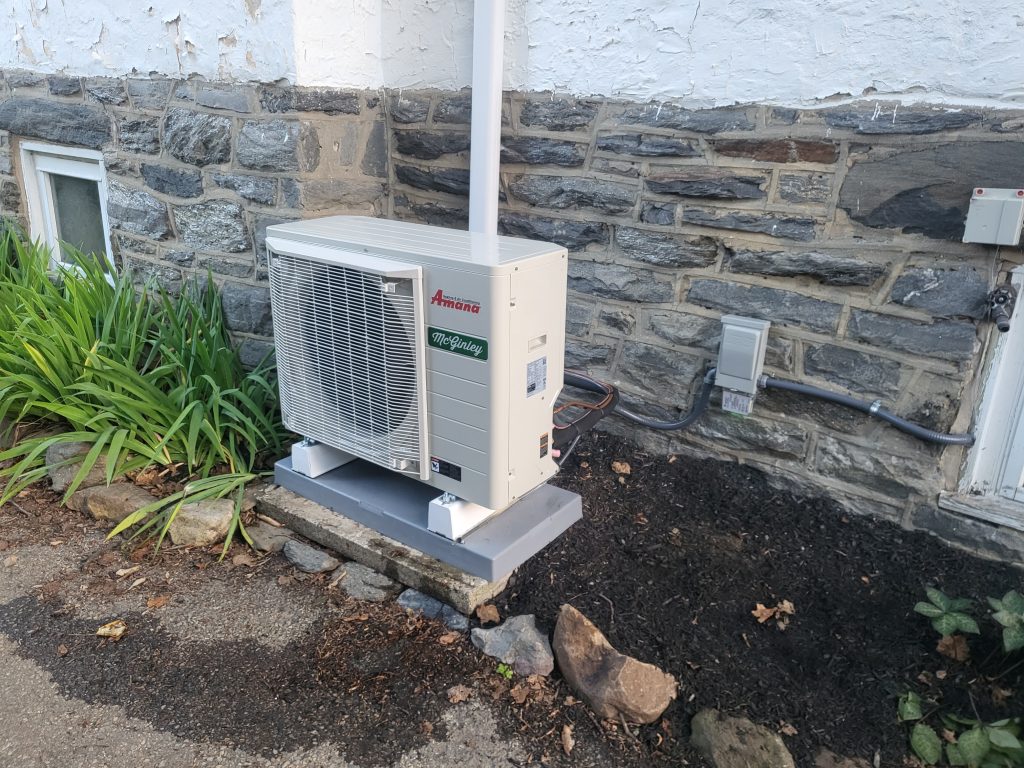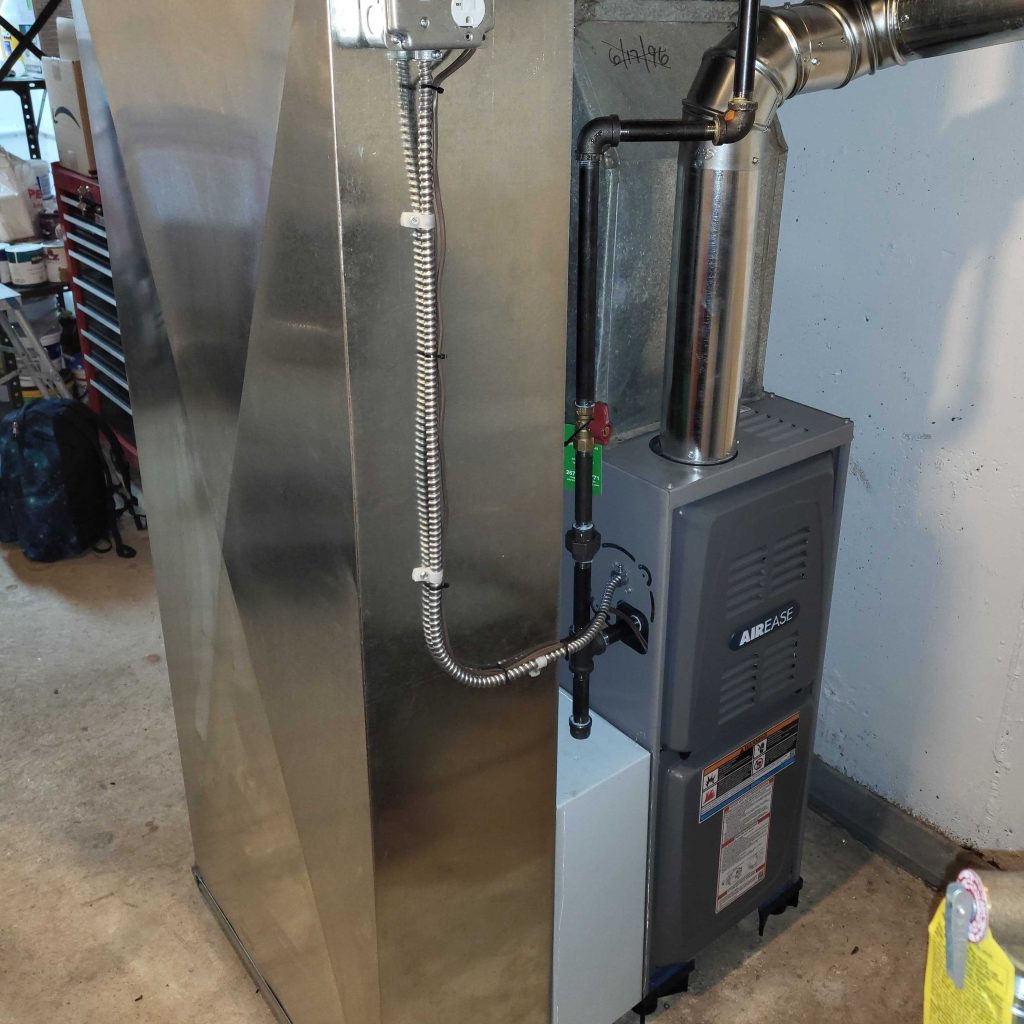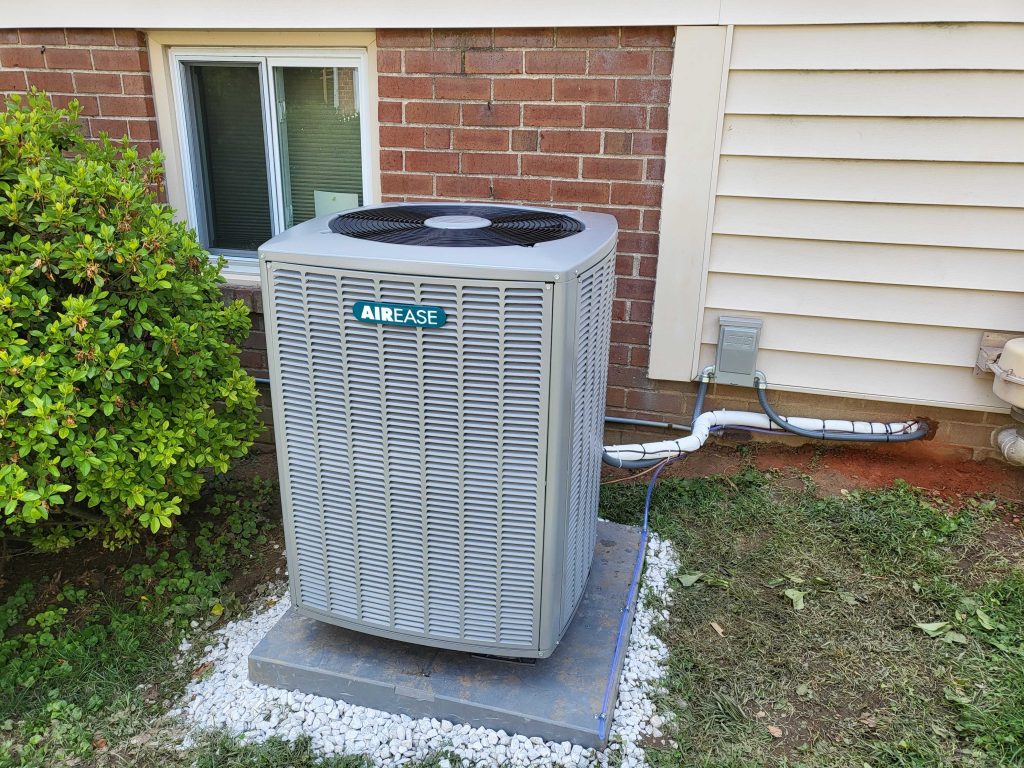Choosing the right air conditioner (AC) size is crucial for maintaining comfort, energy efficiency, and indoor air quality in your home. For homeowners in Delaware County, PA, understanding how to match your home’s size with the appropriate AC unit can lead to better performance, lower energy bills, and longer system life.
Why Proper AC Sizing Matters
An undersized AC unit will struggle to cool your home, running constantly and wearing out faster. On the other hand, an oversized unit cools the space too quickly, failing to dehumidify the air properly—which can lead to moisture issues and discomfort. A properly sized air conditioner ensures your home stays cool, comfortable, and efficient all summer long.
Estimating the Right AC Size for Your Home
As a general rule of thumb, you need about 20 BTUs (British Thermal Units) per square foot of living space. However, this is only a starting point. Many factors—including construction type and insulation—will affect your home’s actual cooling needs.
Approximate BTU Requirements by Home Size:
| Home Size (sq ft) | BTUs Needed |
|---|---|
| 600–1,000 | 12,000–20,000 |
| 1,000–1,500 | 20,000–30,000 |
| 1,500–2,000 | 30,000–40,000 |
| 2,000–2,500 | 40,000–50,000 |
| 2,500–3,000 | 50,000–60,000 |
Important Note: The BTUs you need will vary based on the construction and age of your home. For example, if you live in a large stone home in Drexel Hill or Haverford, your AC system will likely need more capacity to keep the home cool due to thick masonry and older insulation. In contrast, a brand-new, well-insulated home in Ridley might require fewer BTUs to achieve the same cooling effect. These differences are why professional load calculations are so important. The chart is strictly a rule of thumb guide and should not be used as a tool to size your home heating or cooling system.
Factors That Affect AC Sizing
Beyond square footage, several factors influence the right AC size:
- Ceiling Height – Higher ceilings mean more air volume to cool.
- Insulation Quality – Poorly insulated homes need more BTUs.
- Sun Exposure – Homes with a lot of direct sunlight heat up faster.
- Windows and Doors – Size, type, and number of windows affect heat gain.
- Home Age and Materials – Stone homes, like those common in Drexel Hill and Haverford, often hold heat differently than newer builds.
Go Beyond Rules of Thumb: Get a Manual J Calculation
For the most accurate results, HVAC professionals use a Manual J load calculation. This method considers all factors—home size, insulation, windows, orientation, and more—to recommend the perfect AC size. At McGinley Services, we use this method to ensure every AC installation is efficient and reliable.
Don’t Forget Energy Efficiency
When selecting a new AC unit, check its SEER (Seasonal Energy Efficiency Ratio) rating. A higher SEER rating means greater efficiency and lower energy bills. In our region, a SEER rating of at least 14 is recommended, but going higher can bring even more savings—especially during hot Pennsylvania summers.
Why Homeowners Trust McGinley Services
McGinley Services is proud to be the top HVAC company in Delaware County, PA. Whether you’re looking for air conditioning installation, HVAC maintenance services, or AC repair, we’re here to help. We provide:
- Cooling service tailored to your home’s needs
- Furnace and boiler installation
- Furnace repair and heater repair
- Heat pump service
- Energy-efficient HVAC system upgrades
- Honest, expert advice backed by local experience
Whether you’re in an older stone home or a brand-new build, we’ll help you find the ideal system.
Get the Right Fit with McGinley Services
When you search “HVAC near me” or “HVAC repair near me,” choose a company that knows the local housing stock inside and out. McGinley Services brings experience, precision, and care to every job. Let us help you select the right size air conditioner to keep your home comfortable and efficient all season long.
📞 Call today or schedule online to get started!



